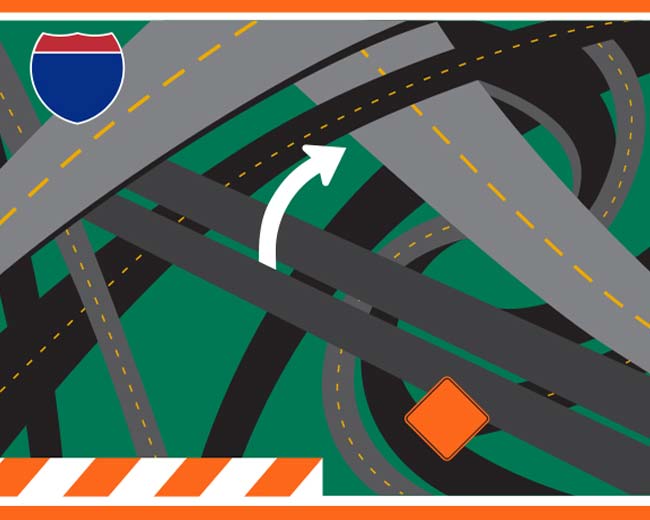Eisenhower’s Push for the Interstates
Ike’s Dream
Plans to build a federally-funded national highway system gained momentum in Washington during the 1930s, but the Great Depression and World War II would prevent meaningful funding for the project until the 1950s. When President Dwight Eisenhower took office in 1953, highway improvements was one of the main items on his domestic agenda. “The nation badly needs new highways,” he wrote to Congress in 1955. “The good of our people, of our economy, and of our defense, requires that construction of these highways be undertaken at once.”

